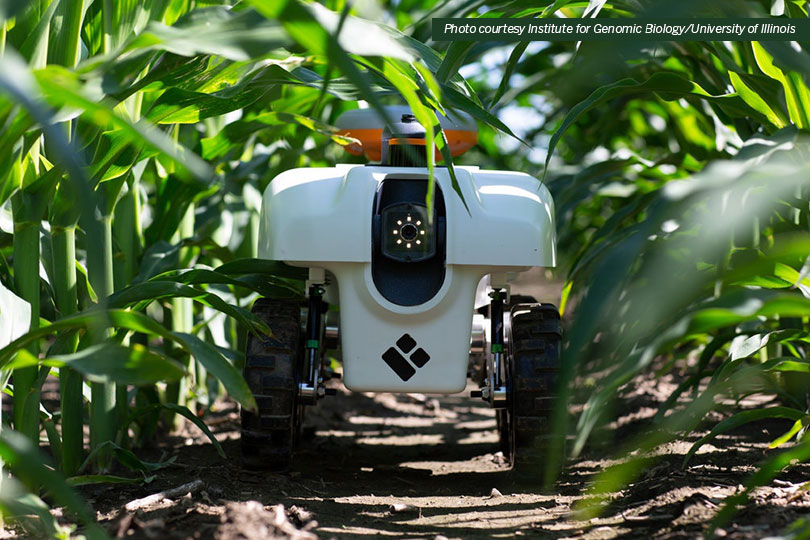By Jennifer Dorsett
Field Editor
A rise in the use of robots in agriculture is coming, but integration will be slow and increase over time, according to a new paper from the Council for Agricultural Science and Technology (CAST).
In Ground and Aerial Robots for Agricultural Production: Opportunities and Challenges, the group said a pressing need to feed a growing global population combined with a shrinking labor force will drive the adoption of ground and aerial robots and artificial intelligence (AI) on farms and ranches.
“The increase in demand for food, feed, fiber and energy is inevitable, given the projected population increase in the coming decades, as well as increasing affluence in developing economies of the world,” the paper states. “Advancements in biotechnology are seen as one of the potential solutions for increasing food production to address these impending local and global demands. Agricultural robots combined with digital agriculture techniques are seen as an effective method for monitoring large acreages to assess crop conditions, increase precise management of crop inputs in row and specialty crops, allow efficient harvesting in specialty crops, evaluate high-yielding and resource efficient crop varieties in research plots and be more efficient in managing livestock.”
But there are some barriers to overcome before farmers and ranchers can fully embrace the technology, including technical, engineering, socioeconomic and legal issues.
Engineering challenges include designing and deploying robots to work faster and more gently than human labor when interacting with plants and animals.
“While robotic milking stations are commercially available, robotic manipulators for specialty crop and greenhouse applications are still in research and development phase,” the paper said. “The speed of picking fruit from a tree is still relatively slow compared to manual picking.”
Though deploying unmanned ground vehicles (UGVs), like a driverless tractor, could greatly increase farm productivity, there are concerns about safety and liability in the event of an accident or wreck.
And the economics of autonomous operation play a big role in adopting this type of ground robot. Farmers and ranchers with smaller operations may not see a cost benefit in adopting such expensive technology until several years later, especially if an entire fleet of AGVs must be deployed to complete the task.
Cyber infrastructure and data flow are limiting factors in adopting robotics for use in agriculture, as well, the paper noted.
The digital divide in America hampers robot effectiveness in rural or remote locations.
“There are challenges from both social (sharing), as well as technical (size, capacity, interoperability), perspectives,” the authors wrote. “Connectivity is a key aspect of cyber infrastructure in automated and non-automated processes. In agricultural contexts, it is often the upload speed that is more limiting, because control files (downloads) are relatively small; but, the inputs needed by cloud computing algorithms are sometimes very large—particularly if those inputs are images or videos.”
And there’s no quick or easy solution to this challenge.
“While 5G wireless technology is expanding, even to rural towns because, in part, of the U.S. Department of Agriculture’s Rural Broadband Initiative, the remoteness of a vast number of farm fields suggests that real-time data transmission, as well as transmission of large data files like images collected with drones, will be impractical for the foreseeable future,” the paper concluded.
Although many concerns must be overcome to see the widespread deployment of robots in agriculture, the paper’s authors are optimistic about the future.
Unmanned aerial systems (UASs) have a wide variety of uses, from general scouting to special applications like spraying.
Robots in animal agriculture not only automate tasks in the animal barns, the authors said, but can collect environmental and animal data with the potential for early disease detection and improved animal welfare.
Ground and aerial robots also provide opportunities to attract a new generation of farmers. The authors of the paper said farming is expected to face a crucial challenge as the current generation retires.
“We’re certainly going to see [the use of robots] growing slowly,” Purdue Professor Dennis Buckmaster, one of the authors, said during a CAST webinar discussing the paper.
Buckmaster added he thinks robots become more commonplace within a decade.

